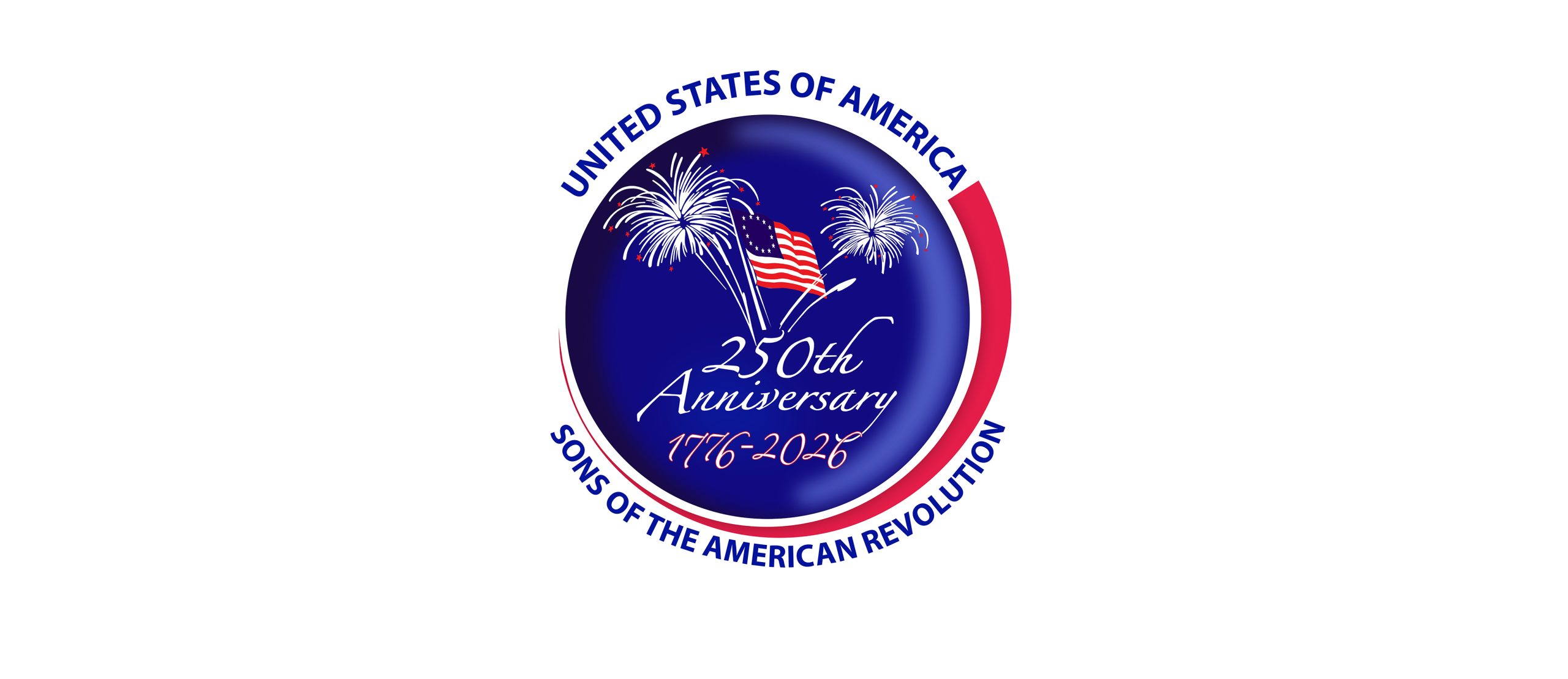le Marquis de Lafayette Chapter
Related upcoming events
-
 June 21, 2025 10:00 AM - June 21, 2025 11:00 AM
June 21, 2025 10:00 AM - June 21, 2025 11:00 AMThe Cumberland Association, later known as the Liberty Point Resolves, was a resolution signed by fifty residents of Cumberland County, North Carolina, early in the American Revolution.
On June 20, 1775, these Patriots, who had formed themselves into a group known simply as "The Association", met at Lewis Barge's tavern in Cross Creek (now part of Fayetteville) to sign a document protesting the actions of Great Britain following the battles of Lexington and Concord. The signers expressed the hope that Great Britain and the colonies would be reconciled, but vowed that, if necessary, they would "go forth and be ready to sacrifice our lives and fortunes to secure her freedom and safety". The resolves were thus not a declaration of independence—public advocation for separation from Great Britain would not become common until 1776.